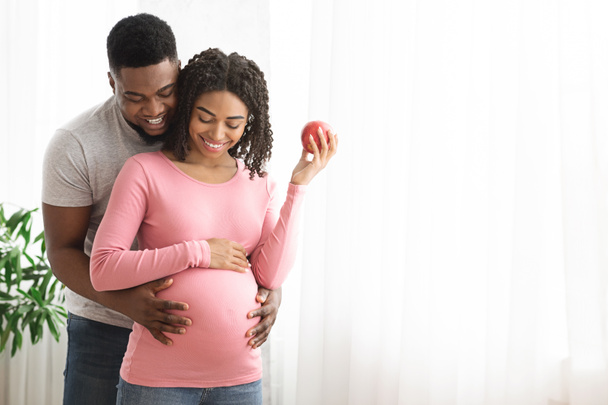Back
The Best Birthing Positions
By Amalie Malka on 7/10/2024

Movement
is very helpful during contractions to make them more tolerable and gently guide the baby down into the canal in an optimal non-distressed atmosphere. Breathing is also super important during birthing as it engages the diaphragm to gently push the baby down.Deep breathing
activates the parasympathetic autonomic nervous system, your “rest and digest” and I will add “birth”! The calmer a person is the faster they will dilate and efface.Humming
activates the parasympathetic nervous system via the vagus nerve and will create a relaxes space for the body to prepare for birth. The“Cat-Cow”
stretch is great for moving the connective tissue, andInternal rotation of the femurs
opens the posterior outlet to further relax the pelvic floor. Relaxing the pelvic floor is integral in opening the vagina to make adequate space for the baby and to reduce tearing, labor. Holding ones breath while pushing (which is what many OB-GYNs and nurses tell you to do) increases the pressure and creates tension on the pelvic floor which can increases tearing, degree of tearing, and risk of prolapse. Optimizing positions during birthing can minimize stress on the pelvic floor and directly relate to less tearing, less pressure and an easier recovery! The best positions genrrrally promote gravity, allow for movement, and provide comfort to the birthing person.Upright Positions
1. Squatting- Squatting opens the pelvis, allowing more room for the baby to descend. It also uses gravity to gently guide the baby to move down, encouraging proper descent.
2. Standing or Walking- Encourages gravity to assist the babies descent, and can be comfortable for the birthing person.
3. Sitting on a Birthing Stool- keeps the pelvis open and uses gravity but offers more support than squatting, standing, or walking.
Semi-Upright Positions:
1. Sitting on a Birth Ball- Allows for gentle rocking and movement, which can help ease labor pains and facilitate the baby's descent.
2. Supported Standing/Semi-Squatting-The birthing person is supported by a partner or a bar, which can help with balance and comfort while allowing gravity to assist.
3. Hands and Knees/ All Fours- Relieves pressure on the back and can help rotate a baby that is in a less optimal position. The birthing person can rock back and forth to give some proprioceptive input and enhance breathing during birth. 4. Leaning Forward on a Birthing Ball or Chair- Can help relieve back pain and facilitate baby’s descent. 5. Side-Lying- Can be more restful, giving the perineum more time to stretch gradually. This position also reduces pressure on the pelvic floor. Each birthing person may find different positions more comfortable and effective, and it’s beneficial to experiment with various positions during labor to find what works best for them.
Come visit us for more information!!
Read More:
How Chronic Pelvic Congestion in Men Contributes to Prostatitis By Shannon Strauch, PTA, STMT-1 on 12/11/2024 How lymphatic issues can cause symptoms of prostatitis Prostatitis and Tight Pelvic Floor Muscles: A Comprehensive Guide By Shannon Strauch, PTA, STMT-1 on 12/10/2024 How a tight pelvic floor can be the reason for prostatitis symptoms
Are you ready to live pain free?
Request An Appointment